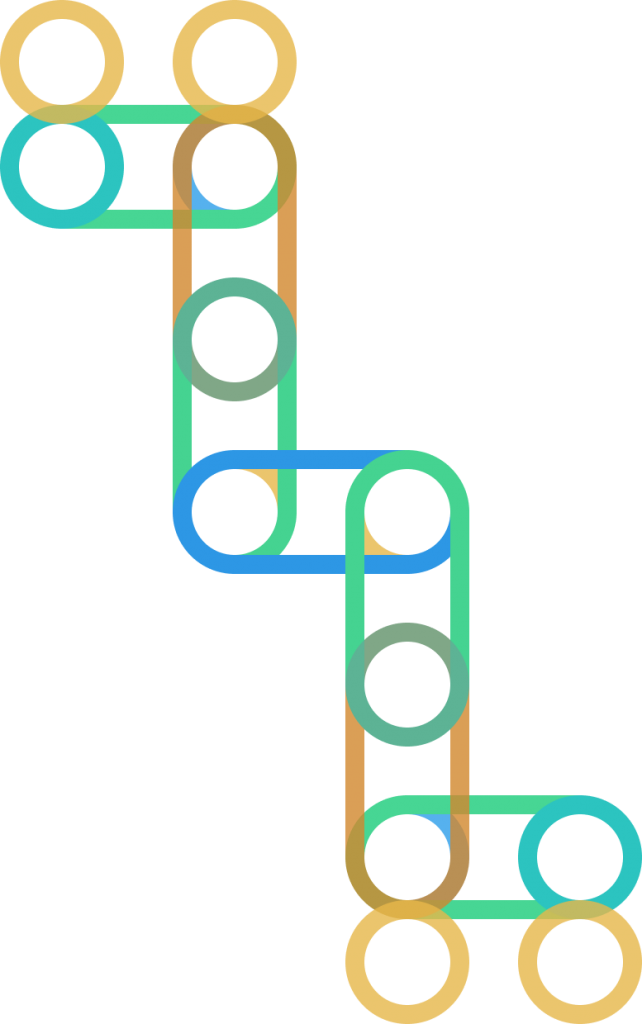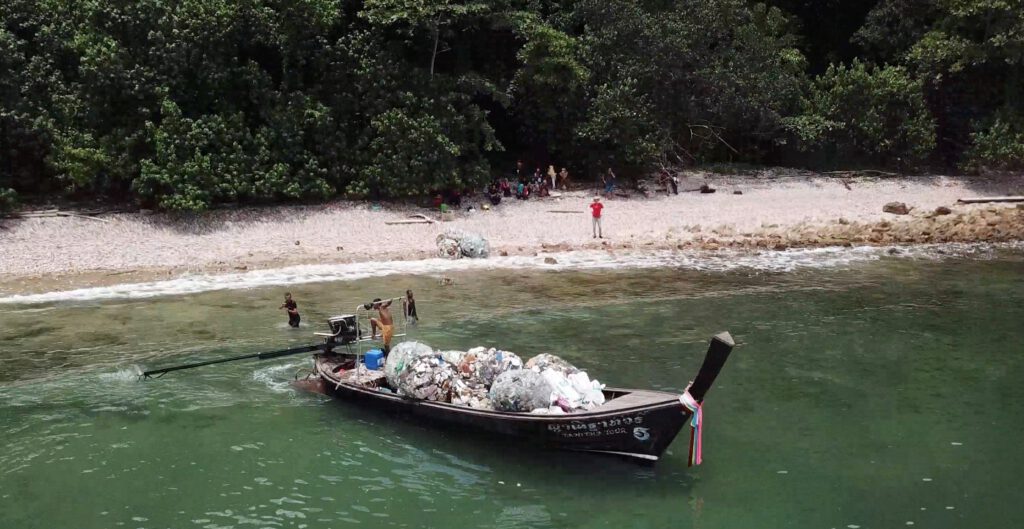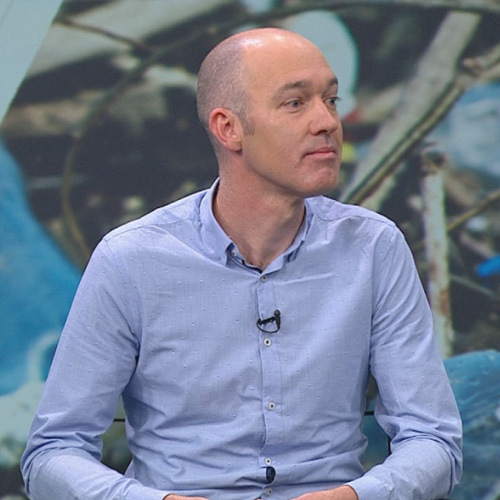
Backed by the world’s most important carbon offsetting certification company, Verra, Second Life has opened the gates for beach cleanup operations in the countries worst affected by plastic waste.

Increased demand from B Corps and other socially conscious corporations looking to put the planet on the balance sheet has helped the carbon offsetting market grow from its fledgling beginnings into a well established market accounting for USD$851bn transactions in 2021.
The model of polluters paying for projects that theoretically cancel out the impacts of industrial activity is a crucial element of the global plan to transition to a clean energy economy – a necessary backstop and response to soaring greenhouse gas emissions.
With the world signing up to a pact to end plastic waste earlier this year, is it possible that the same approach could be applied to reducing the negative impacts of plastic waste on the marine environment?
Tristan Lecomte, founder of the Thailand-based cleanup operation, Second Life, and regenerative network, PUR Projet, believes so and is doing his best to make sure it plays a part in stemming the flow of plastic waste into our oceans.
Second Life grew out of existing relationships Lecomte had built up over two decades helping corporations to offset their carbon footprints by planting more than 20 million trees. One of his existing clients – French cosmetics brand Caudalie – wanted to extend its carbon offsetting activities to cover its plastic footprint too.
“Three years ago Caudalie asked us, “could you do a project like that for plastics”, meaning to help them to reduce and to neutralize their plastic footprint by helping people, disadvantaged people in deficient countries to collect the plastic and to recycle it. And so that’s why I founded Second Life two years ago, for corporations who want to reduce and neutralize their plastic footprint, by extending their responsibility by funding countries where plastic pollution is an issue,” Lecomte told the AdaPETation Podcast.
The initiative pumps money into circular economy projects that allow disadvantaged communities on islands or remote coastal areas where the plastic issue is the most critical to finance beach cleanup operations and the recycling of plastic waste that has made it into the marine and coastal ecosystems.
Second Life is focused on shifting funds from consumer goods, energy and carbon trading companies in the north to countries with poor waste collection systems. China, India, Thailand, Indonesia, Vietnam, and Sri Lanka which represent almost 70% of the plastic waste pollution problem because of the massive populations in these countries and the exports of plastic waste from the world’s richest countries to Asia.
The initiative received a certification by Verra in March 2022, under the certification company’s Plastic Waste Reduction Program. Caudalie purchased the first plastic waste credits under its prior agreement with Second Life.
“For each tonne that a company wants to neutralize, they pay us €500 and we keep 30% of that. We keep €150 and we invest €350 to pay the informal collectors on the beaches. The people who collect plastic are usually very poor. We incentivize them to collect more plastic and not to burn it because normally they only collect the recyclables, but we pay for everything so they can collect all the types of plastic they find on the beaches. And then we pay them for transporting the plastic to a regional collector for sorting, cleaning, and ensuring that this plastic is transported to a compounder who will transform it into pellets so that it can be reused for recycling,” says Lecomte.
Second Life collected 600 tons in 2020 under the original agreement with Caudalie and has grown to 2,000 tonnes in 2021 and expects to recycle 2,500 tonnes this year. The organization is now working with the following companies through the purchase of Plastic Credits: Caudalie, Clarins, SPF Diana (Thailand) Co., Ltd, Mars, CERPD, GreenPrint, A PDI Company, and ACT Commodities (a global leader in providing market-based sustainability solutions).
“It’s a drop in the ocean compared to the 12 million tonnes going into the ocean every year, so what we do is very limited, but it’s a start,” says Lecomte. “Our goal is to collect up to 50,000 tons per year in Thailand by 2026. If we can find sufficient clients to support that same amount in Indonesia, we think we can collect up to 50,000 tonnes per year within 3 to 5 years. So now it’s only a question of demand from corporations and from people.”
With the Verra certification support, the company is optimistic that it will be able to offer its services to consumers directly. It has also energized local communities to clean up their own environment.
“The certification by Verra was a big challenge because it’s very demanding but now that we are certified on the project side, we’ve been quite lucky,” says Lecomte. “We found a model that works well. People are very excited when we say that we buy all the plastic you can find on the beach, even the plastic that has no value. So it creates great momentum and great motivation. Today our main challenge is to find more clients, more companies, and people who will contribute because there is a lot of demand from collectors who want to collect more plastic and sell it to us but there is not as much commitment from companies and people so far. There is great interest in this field, but there is not much engagement so far. So people and companies need to get more engaged.”
To hear the full interview with Tristan Lecomte tune in to The AdaPETation podcast.
If you’re interested in finding out more about how you can offset your plastic footprint sign up to join the AdaPETation Network and we’ll send you more information.
Share it
Useful Links
THE HISTORY OF PLASTIC
Throughout the history of plastic, PET has been crucial in keeping food fresh with lightweight and durable packaging solutions that have helped reduce food waste for almost a century. Learn all about the invention of plastic and the important role it has played feeding people and saving the lives of humans and elephants in the adaPETation® timeline of the history of plastic.




